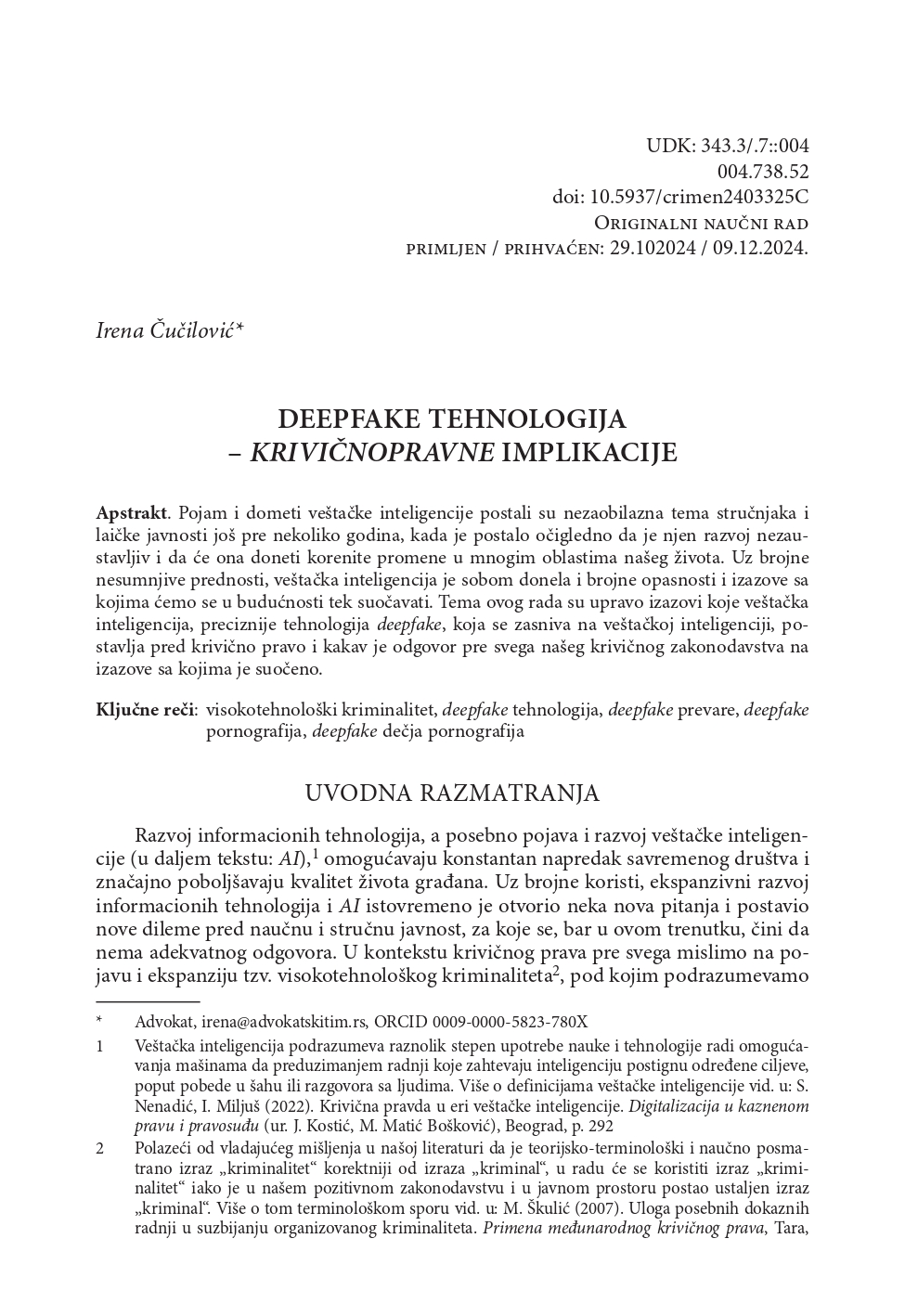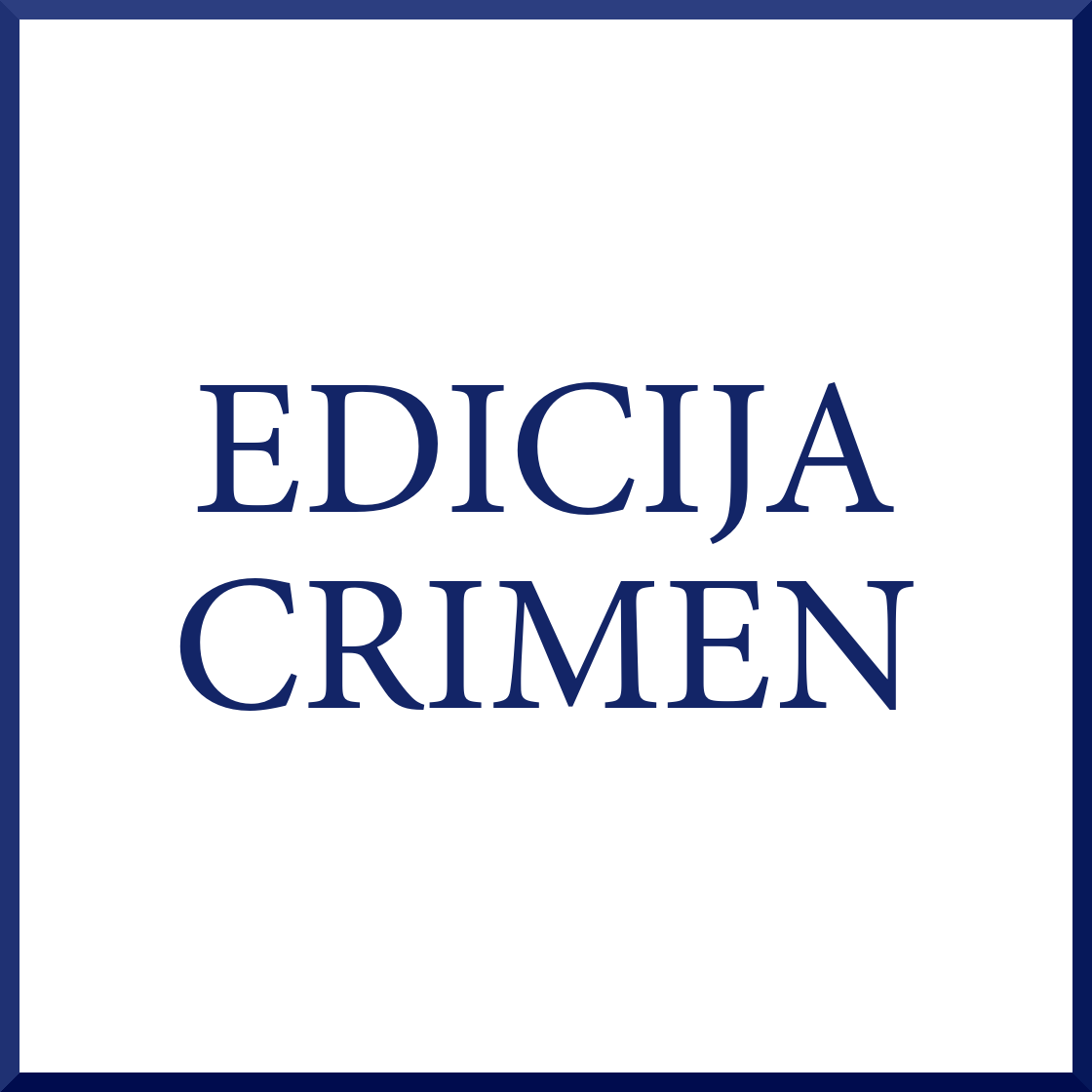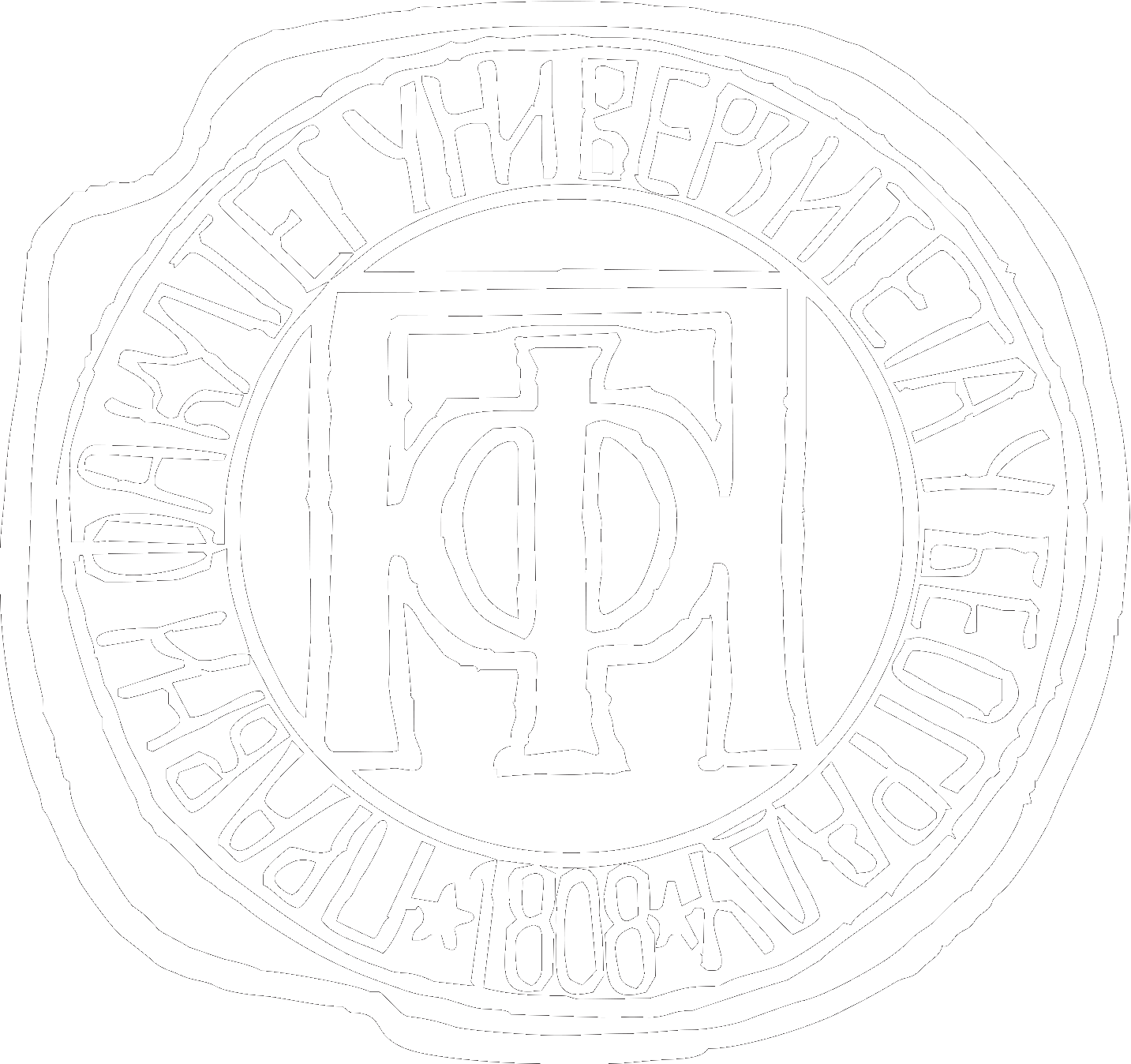Deepfake Technology - Criminal Law Implications
DOI:
https://doi.org/10.5937/crimen2403325CKeywords:
cybercrime; deepfake technology; deepfake fraud; deepfake pornography; deepfake child pornographyAbstract
The accelerated development of artificial intelligence (hereinafter: AI) and advanced technologies that are based on software that uses AI, such as deepfake technology, among many others, has significant criminal law implications. It is obvious that deepfake technology very quickly became a tool for committing numerous crimes, starting from the most diverse forms of fraud and blackmail, to the creation and dissemination of pornographic content, including the child pornography. The fact is that AI and deepfake technology will only further improve in the future. It is certainly one of the most dynamic areas, which could not be concluded based on the legal regulations in that area. Namely, the first international document that comprehensively regulates AI (including the deepfakes) is the EU AI Act, adopted in July 2024, which, however, does not contain criminal law provisions. Therefore, at least when it comes to the European area, the fundamental document in combating cybercrimes remains the Convention of the Council of Europe on Cybercrime, adopted in 2001. In the Republic of Serbia, the normative framework for combating cybercrimes is prescribed by the Law on Organization and Competence of State Agencies for Combating Cybercrime, which doesn’t contain new substantive criminal law solutions, in terms of prescribing specific cybercrimes, but enumerates which crimes, prescribed by the Criminal Code (hereinafter: CC), and under what conditions should be considered cybercrimes. Criminal offenses against the security of computer data, which were first introduced into our criminal legislation by the Law of Amendments to the CC from 2003, and later adopted into the new CC from 2006, have remained almost unchanged to this day. Despite the obvious development and constant improvement of AI, advanced technologies and deepfake technology, even though the CC has been amended several times since its entry into force, only one amendment was related to these criminal offenses – namely, Law of Amendments to the CC from 2009 introduced one new criminal offense. It is impossible to logically explain why one of the most dynamic areas remained unchanged for almost 20 years, while interventions were made in some other areas that could be described as quite static. In this sense, the author points out as a particularly worrying the fact that in the proposed amendments to the CC, that were published by the Ministry of Justice during the writing of this paper, only one amendment refers to the criminal offenses against the security of computer data, and that is one that replaces the term “computer virus” with the term “malicious computer program,” while the existence and development of AI, more precisely its criminal law implications, remain outside the scope of the proposed amendments.
Downloads
References
Baron Quintero, S. Ma. 2023. "Los delitos realizados mediante la Dark Net." Revista Penal Mexico 23.
Braitwaite, B., et al., eds. 2021. Pravo na poštovanje privatnog života (član 8. EKLJP): Vodič kroz konvencijsko i nacionalno pravo i praksu. AIRE centar, Podgorica.
Busch, E., and J. Ware. 2023. The Weaponisation of Deepfakes – Digital Deception by the Far Right. International Centre for Counter-Terrorism. https://doi.org/10.19165/2023.2.07
Citron, D. K., and R. Chesney. 2019. "Deep Fakes: A Looming Challenge for Privacy, Democracy, and National Security." California Law Review 107.
Delić, N. 2024. Krivično pravo – posebni deo. Beograd.
Karović, S., and M. Simović. 2022. "Krivičnopravno suprotstavljanje visokotehnološkom – kompjuterskom kriminalitetu: Savremeni izazovi, dileme, perspektive." In Digitalizacija u kaznenom pravu i pravosuđu, edited by J. Kostić and M. Matić Bošković, Beograd. https://doi.org/10.56461/ZR_22.DUKPP.04
Nenadić, S., and I. Miljuš. 2022. "Krivična pravda u eri veštačke inteligencije." In Digitalizacija u kaznenom pravu i pravosuđu, edited by J. Kostić and M. Matić Bošković, Beograd. https://doi.org/10.56461/ZR_22.DUKPP.21
Pechenik Gieseke, A. 2020. "'The New Weapon of Choice': Law’s Current Inability to Properly Address Deepfake Pornography." Vanderbilt Law Review.
Pisarić, M. 2013. "Potrebni normativni odgovor na probleme otkrivanja i dokazivanja dela visokotehnološkog kriminala." Zbornik radova Pravnog fakulteta u Novom Sadu.
Romero Moreno, F. 2024. "Generative AI and Deepfakes: A Human Rights Approach to Tackling Harmful Content." International Review of Law, Computers & Technology, Routledge. https://doi.org/10.1080/13600869.2024.2324540
Spivak, R. 2019. "'Deepfakes': The Newest Way to Commit One of the Oldest Crimes." Georgetown Law Technology Review 3.2.
Stojanović, Z. 2021. Komentar krivičnog zakonika. Službeni glasnik.
Škulić, M. 2007. "Uloga posebnih dokaznih radnji u suzbijanju organizovanog kriminaliteta." In Primena međunarodnog krivičnog prava, Tara.
Škulić, M. 2022. "Krivičnopravna reakcija na dečju pornografiju/pornografiju maloletnih lica – plasiranu/nastalu zloupotrebom računarske mreže/komunikacije drugim tehničkim sredstvima." RKKP 2.
Škulić, M. 2024. "Dokazni značaj informacija iz komunikacije ostvarene aplikacijama/modifikovanim uređajima za kriptovanje – kao što su Sky ECC i EnchroChat." CRIMEN – Časopis za krivične nauke 1.
van der Sloot, B., et al. 2021. Summary Deepfakes: The Legal Challenges of a Synthetic Society. Tilburg Institute for Law, Technology, and Society. https://doi.org/10.1016/j.clsr.2022.105716

Downloads
Published
How to Cite
Issue
Section
License
Copyright (c) 2025 Irena Čučilović

This work is licensed under a Creative Commons Attribution 4.0 International License.
The authors retain copyright and grant the journal the right of first publication, allowing others to share the work with proper attribution to the authors and acknowledgment of its original publication in this journal.










